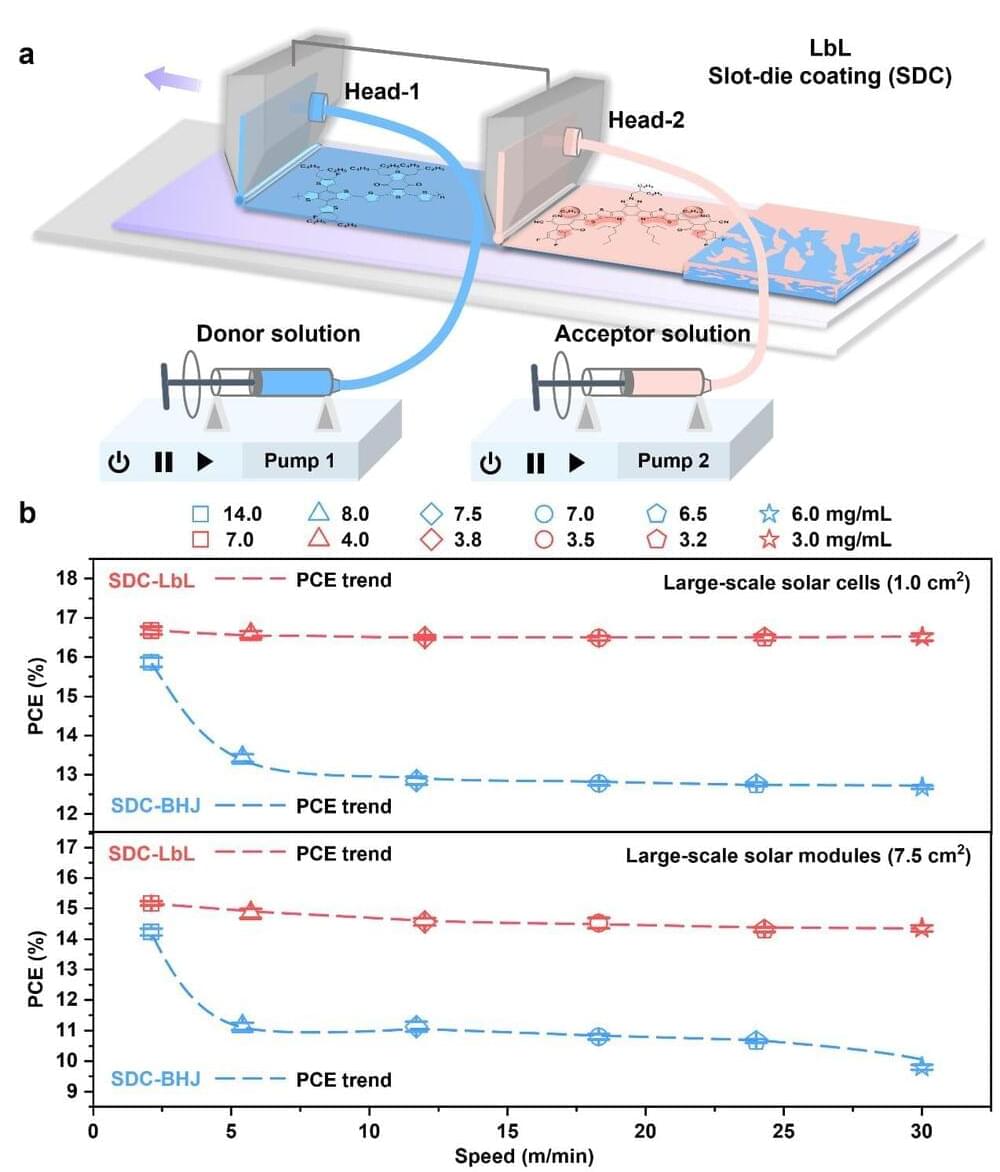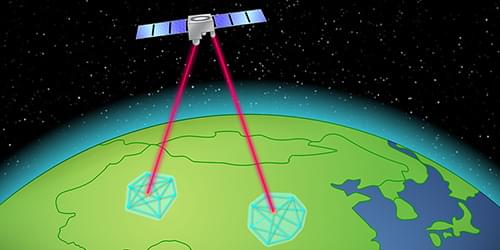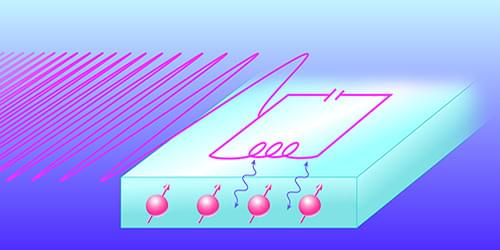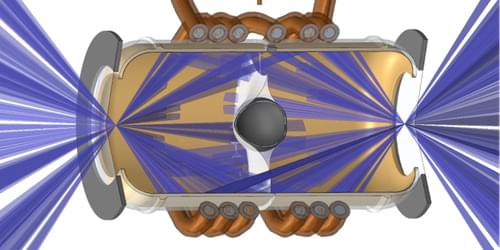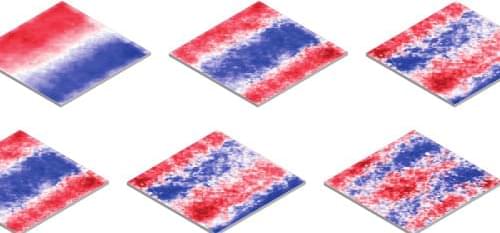Vibrating tiny robots could revolutionize research.
Individual robots can work collectively as swarms to create major advances in everything from construction to surveillance, but microrobots’ small scale is ideal for drug delivery, disease diagnosis, and even surgeries.
Despite their potential, microrobots’ size often means they have limited sensing, communication, motility, and computation abilities, but new research from the Georgia Institute of Technology enhances their ability to collaborate efficiently. The work offers a new system to control swarms of 300 3-millimeter microbristle robots’ (microbots) ability to aggregate and disperse controllably without onboard sensing.

